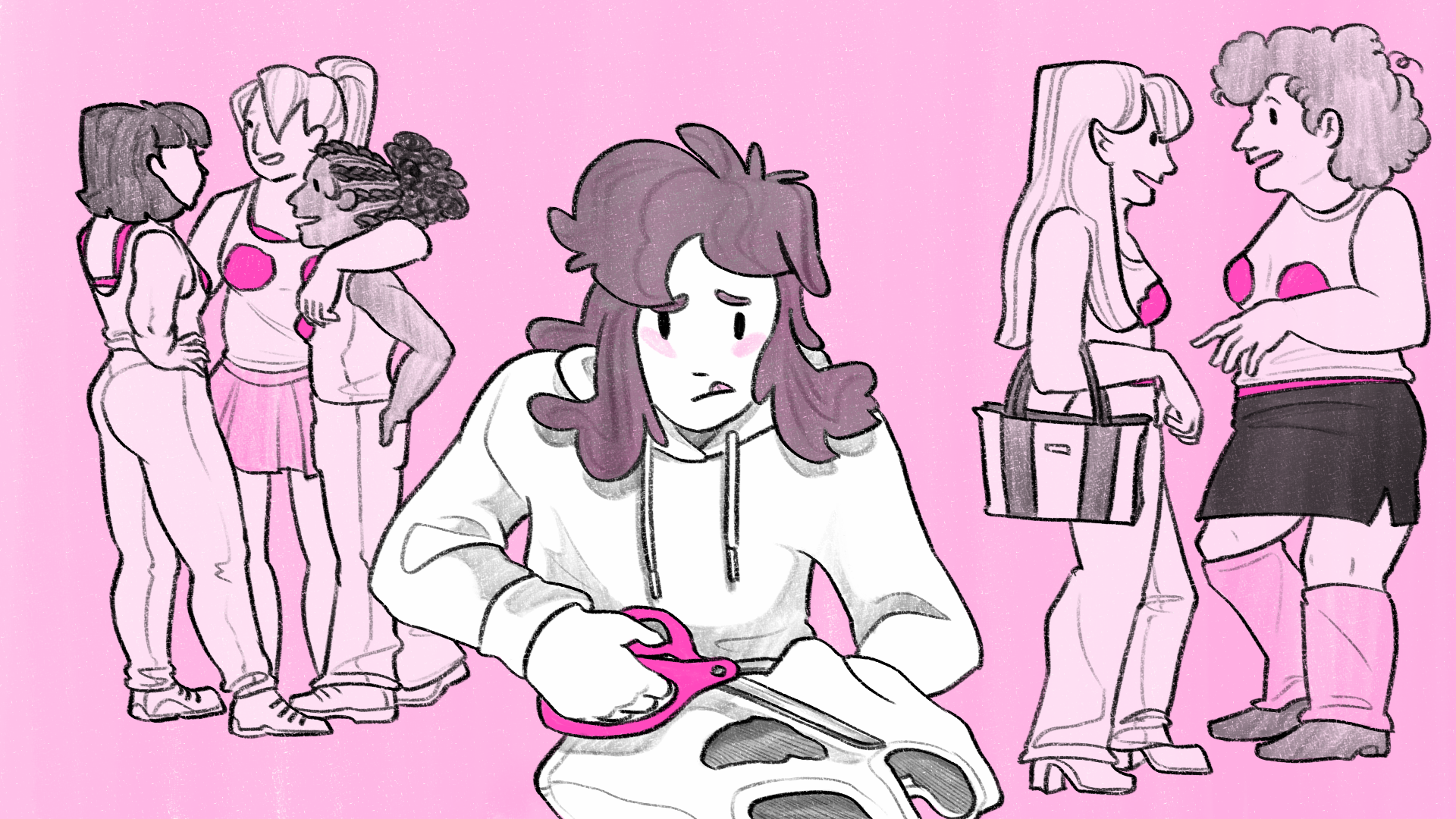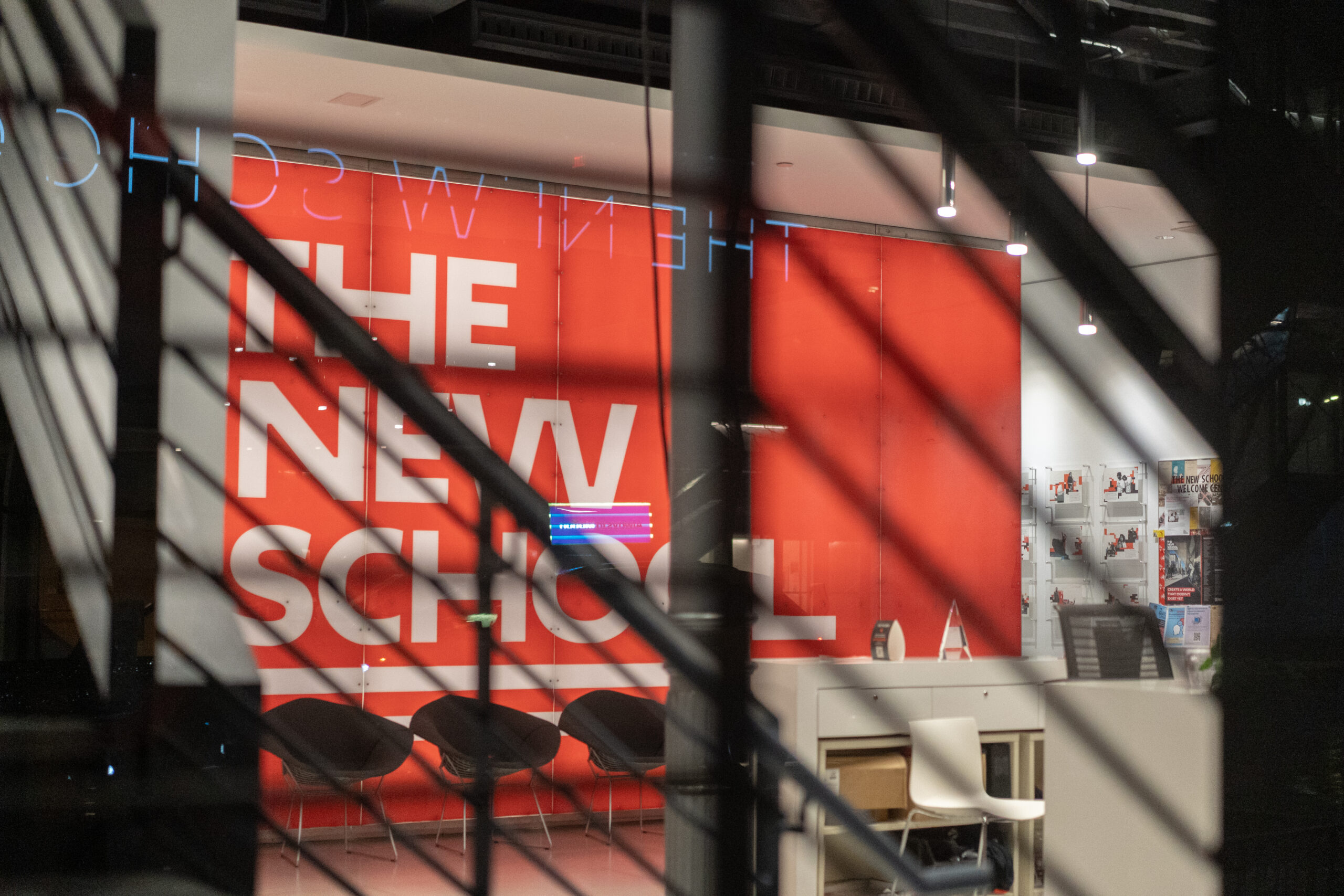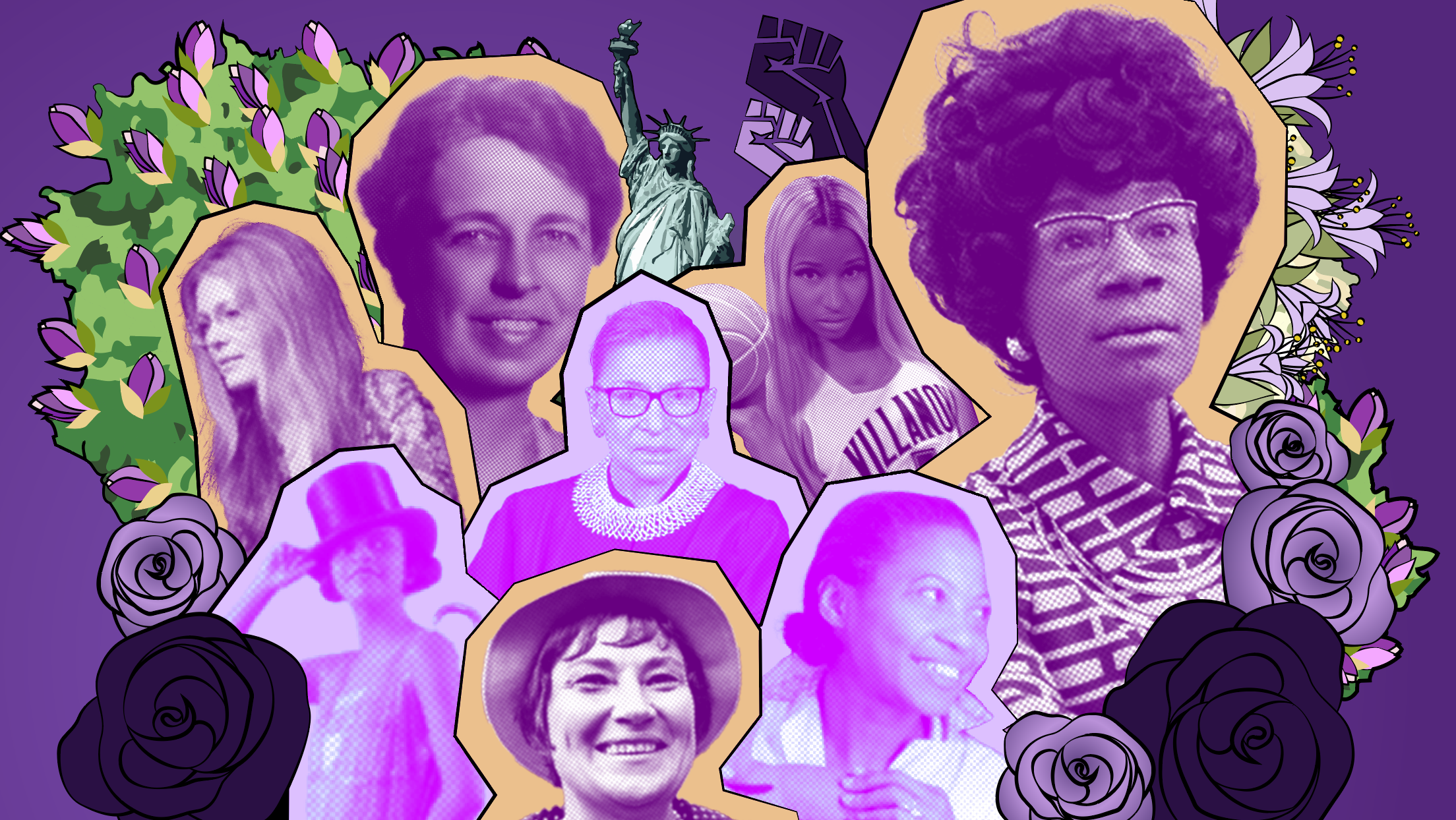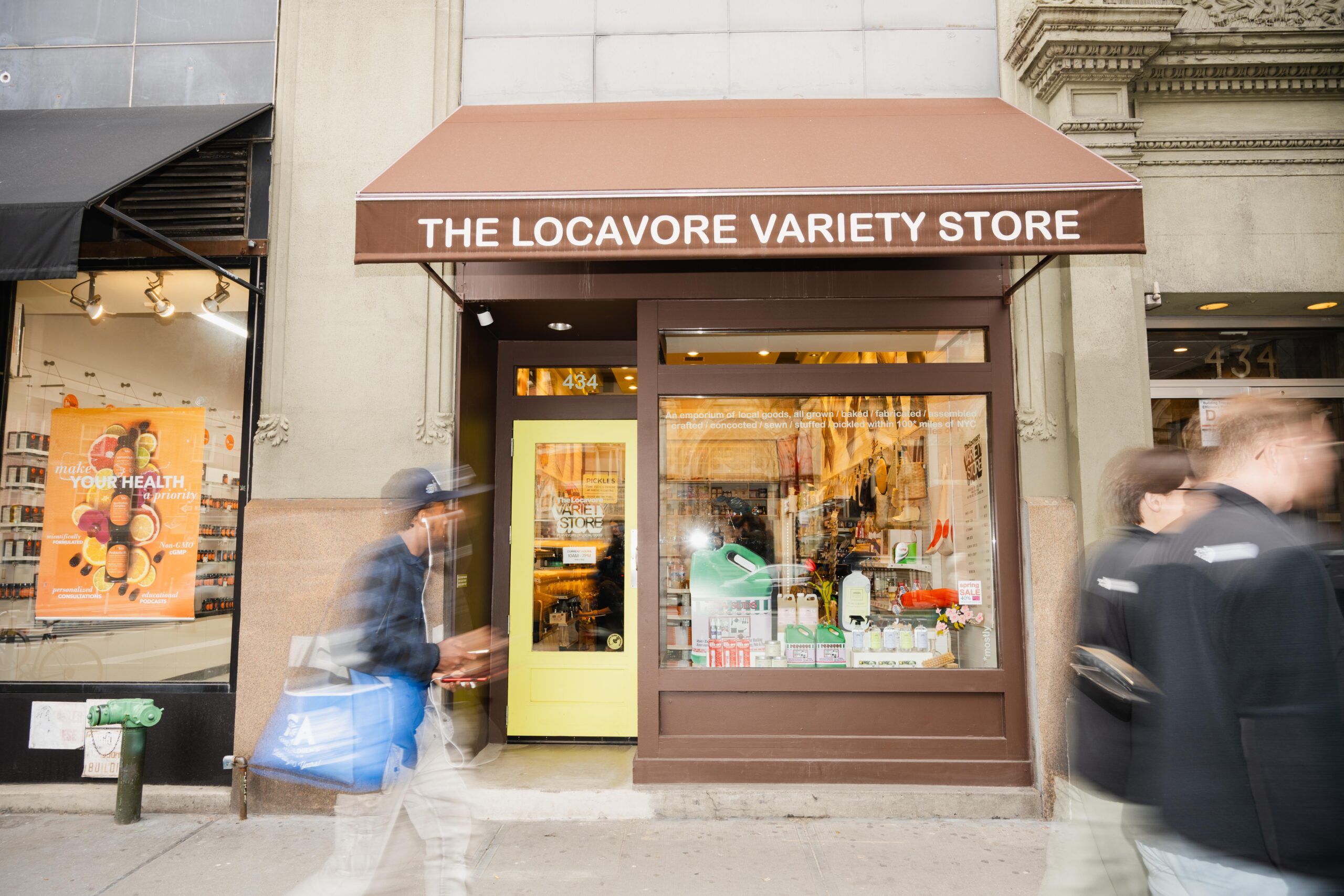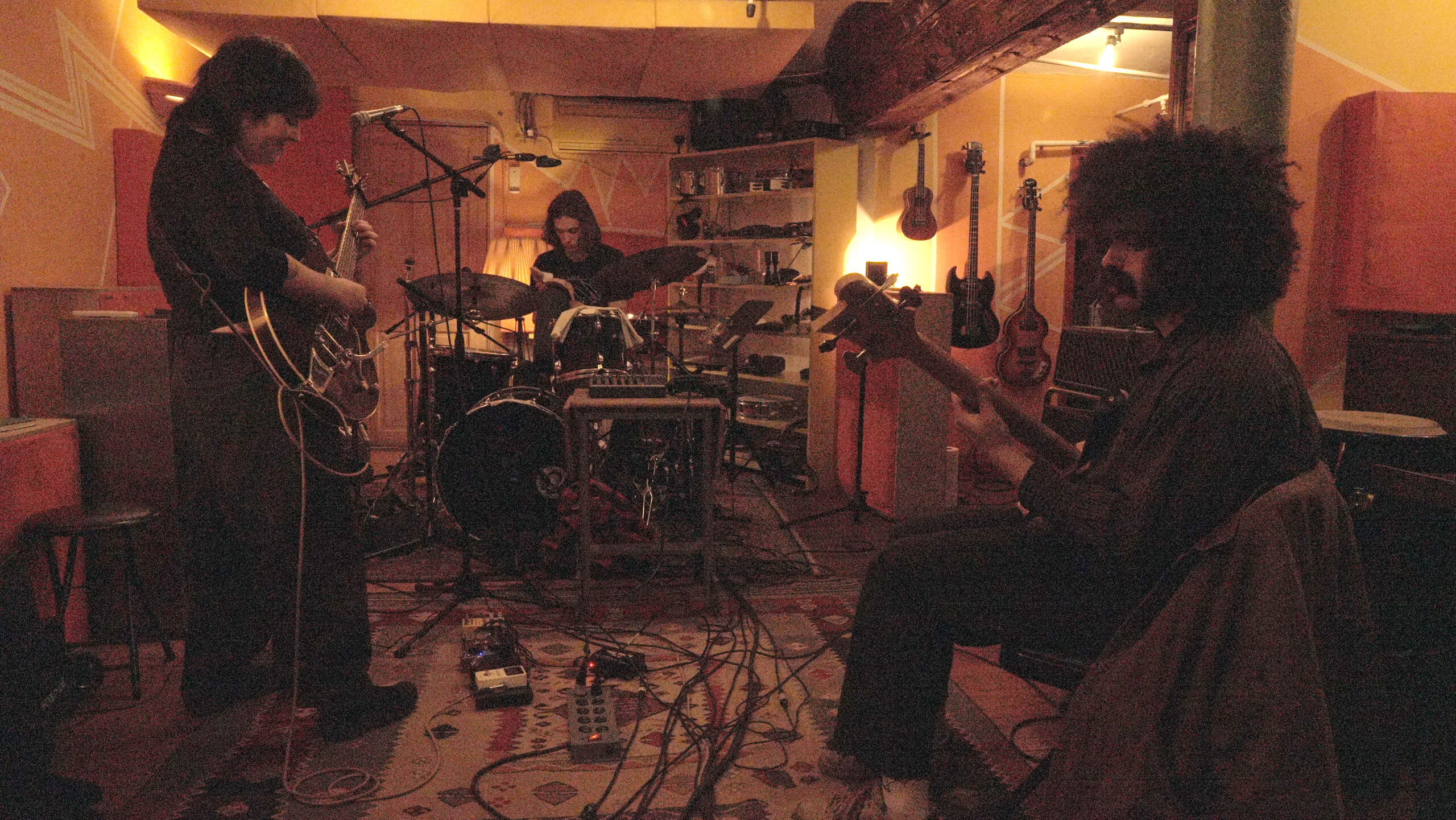Kaitlin Kimbro, a junior in fashion design at Parsons, was listening to a peer present a trend report on “natural hair” in her Fashion Industry course in Spring 2015, when more than one student began using the term “colored people.”
The only black student in the class, Kimbro sat at her desk with tears rolling down her face, as the professor, Kathlin Argiro, tried to rescue the situation.
“Race in this school is hard to talk about,” said Kimbro, remembering the scene.
“That situation had a profound impact [on me]. It was one of the most memorable teaching moments for me,” Argiro, the professor, said. “It threw me off guard. This day in age, to hear that term blows my mind.”
Kimbro echoed a familiar feeling among some Parsons students that while The School of Fashion aims to foster discussions on race and different cultures in its classrooms, professors and students often fumble the subject, sometimes even driving others to the point of tears.
Professor Argiro was honest about how race and culture can be difficult to talk about. “Quite frankly, I myself worry of offending someone in terms of how I address African Americans,” she said. “It’s really a raw subject. You would think by 2016, it wouldn’t still be an issue.”
Besides the trouble with word choice in the Fashion Industry class, the natural hair trend report also illuminates the debate of cultural appropriation versus cultural appreciation, a topic that has been hot in the media recently.
Susan Scafidi, a law professor at Fordham University and the author of Who Owns Culture? Appropriation and Authenticity in American Law, defines cultural appropriation as, “taking intellectual property, traditional knowledge, cultural expressions, or artifacts from someone else’s culture without permission.” In fashion design, this debate is especially complex due to the industry’s long history of using foreign cultures for inspiration.
“I’m not a person who shies away from controversy,” Argiro said. “I feel like I have a responsibility as a professor to address the issues.” She explained she did not want to embarrass the student who presented the project on natural hair because the student had “no mal intent.” The student was not a native English speaker and Professor Argiro believed she mixed up the order of words. Argiro was planning on speaking to this student after class, but when another international student repeated “colored people,” she knew she had to address the term.
“There are no simple answers, but we believe an educational institution like Parsons, one that believes in using design to address societal issues, can have a real impact,” said Joel Towers, Executive Dean of Parsons School of Design. We are committed to working with faculty, students, and staff across the Parsons community in furthering this important dialogue moving forward.”
Dean Towers also added that “Parsons has worked with students and faculty to develop several programs designed specifically to tackle these concerns,” though he didn’t immediately specify what these programs were.
However, many students say not all professors are so sensitive. At Parsons, some students reported feeling that The School of Fashion does not adequately address the topic.
Sunnie Yun, a fashion design student in her third year, said that she mostly finds discussions on cultural appropriation on Facebook. She cannot remember a time in her three years at Parsons when it was brought up in class, other than once by a student.
During the two weeks that her Fashion Studies professor focused on the role of race in fashion, Kimbro, the student brought to tears in the natural hair discussion, said those classes were “definitely the most quiet.” She explains how “emotionally draining” it is to try to make people who might not be directly be affected by cultural appropriation care .
“As soon as you want to talk about race, everyone is quiet. It’s always the same five people talking,” Kimbro said.
Ben Price, another third year student in fashion design, had a different experience. “I think that we as a community of students talk about cultural appropriation way too much. The term cultural appropriation has become a buzzword, like ‘sustainability,’ for people to throw out whenever they can,” he said.
“Eventually this will just be common practice and everyone will be aware of how to design clothing that doesn’t overtly offend, but honestly the line between offensive costuming and cultural appreciation is pretty fine and most people just need a little guidance and education.”
“It’s a fine line, because if we’re constantly being mindful of appropriation and political correctness,” Lynette Nylander, an editor at i-D magazine, wrote in a Refinery29 article. “It’s true that we may miss out on beautiful ideas and on an overarching message of unity that fashion actually has the power to send. But too often, fashion is not mindful at all, taking other people’s stories without giving them a chance to tell them.”
History of Fashion, a mandatory lecture and recitation course for all fashion design majors, is intended to teach students about famous designer and trends throughout several time periods. Many of these designers used other cultures as inspiration and one student who took the class, Agnes Tai, a junior fashion design student, said that it was like learning about cultural appropriation through time periods. Students who took the class remember Elizabeth Morano, the professor of the lecture, introducing Paul Poiret’s 1910s “orientalism” influence as something that would be considered cultural appropriation today, but was not back then.
Professor Morano was not available for comment by the time of publication.
Professors are required by the university to take various online classes on handling race and culture with sensitivity. There also are classes within Parsons, such as Fashion and Race, to be offered next fall, and a required class, Fashion Studies, where discussions on cultural appropriation are encouraged. Despite these classes, though, some students say dialogue around the topic at Parsons is ad hoc, dependant on the professor’s opinions and students’ engagement.
“Students are always welcome to speak with their Dean, faculty, and the Parsons Student Senate to raise a concern or have their voices heard,” Dean Towers said.
However, Tai said most of her professors seem to have an attitude of “here we go again” when the subject of cultural appropriation is brought up by students in class. However, she notes that because there is great number of international students in fashion design — according to data collected by The New School in Fall 2014, 47 percent of the Parsons student body is international — students usually look to their own cultures for concept inspiration, instead of drawing from others.
Professor Argiro said something similar. “I feel like the students all try to be sensitive to other cultures,” she said. “[However, their inspiration] is almost always from their own culture and I learn from them often.”
Lucia Cuba, a professor at Parsons who combines fashion design and social activism, said cultural appropriation is the same as plagiarism. “It is very common in our field to neglect proper acknowledgment of other people’s works,” she said. “This, however, is clearly considered plagiarism in other fields.”
Kimbro and Tai echo Cuba’s thoughts and said that you can take inspiration from a culture without always appropriating that culture if you do your own research and crediting —or even better, giving back to— the people of that culture.
Kimbro is quick to point out that it is not all on the professors. She believes it is the responsibility of the students as future leaders in the industry to be aware of the message they are putting out.
“Everything that we [design] makes a statement. We have so much influence as designers. We have so much power…” Kimbro said. “The school is trying. It’s up to the students to listen, participate, and engage. There is no excuse. The shit is in your face everyday.”
Allie is the News Editor for the Free Press. She is a super senior finishing her fifth year as a Journalism & Design student at Lang and a Fashion Design student at Parsons. She also covers local news for the Staten Island Advance and writes about issues within the fashion industry for a not-for-profit online publication. A native New Yorker, Allie now calls Brooklyn home, where she resides with an orange cat and a pint of coffee ice cream hidden in her freezer at all times.


